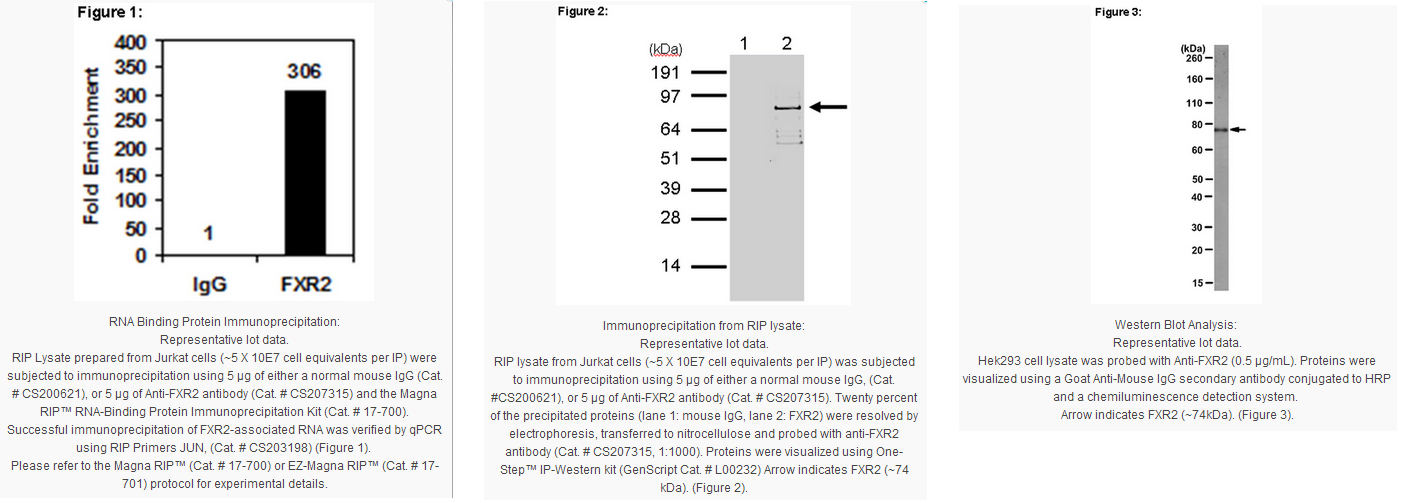

 |
|
||||||||||||||||||||||||||
描述:
| Species Reactivity | Key Applications |
|---|---|
| M, H, R | WB, RIP |
| Packaging Information | |
|---|---|
| Material Size | 10 assays |
| Material Package | 10 assays per set. Recommended use: ~5 μg of antibody per RIP (dependent upon biological context). |
原厂资料:
| Species Reactivity | Key Applications |
|---|---|
| M, H, R | WB, RIP |
| Packaging Information | |
|---|---|
| Material Size | 10 assays |
| Material Package | 10 assays per set. Recommended use: ~5 μg of antibody per RIP (dependent upon biological context). |
说明书
参考文献
本产品可用于的实验
京ICP备15036693号-2  京公网安备11010802025653 版权所有:北京逸优科技有限公司
2.51
京公网安备11010802025653 版权所有:北京逸优科技有限公司
2.51



